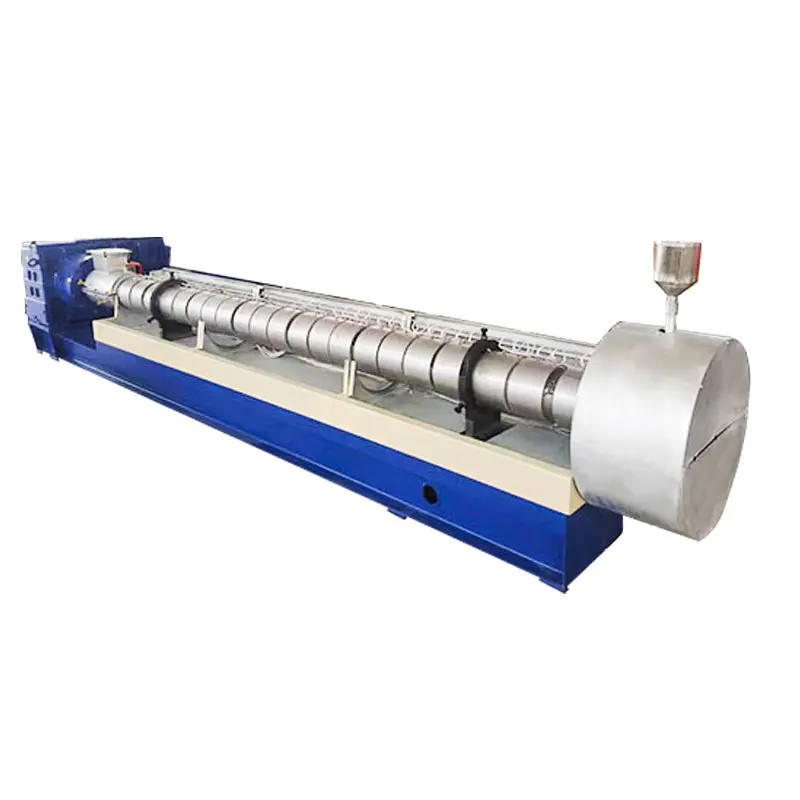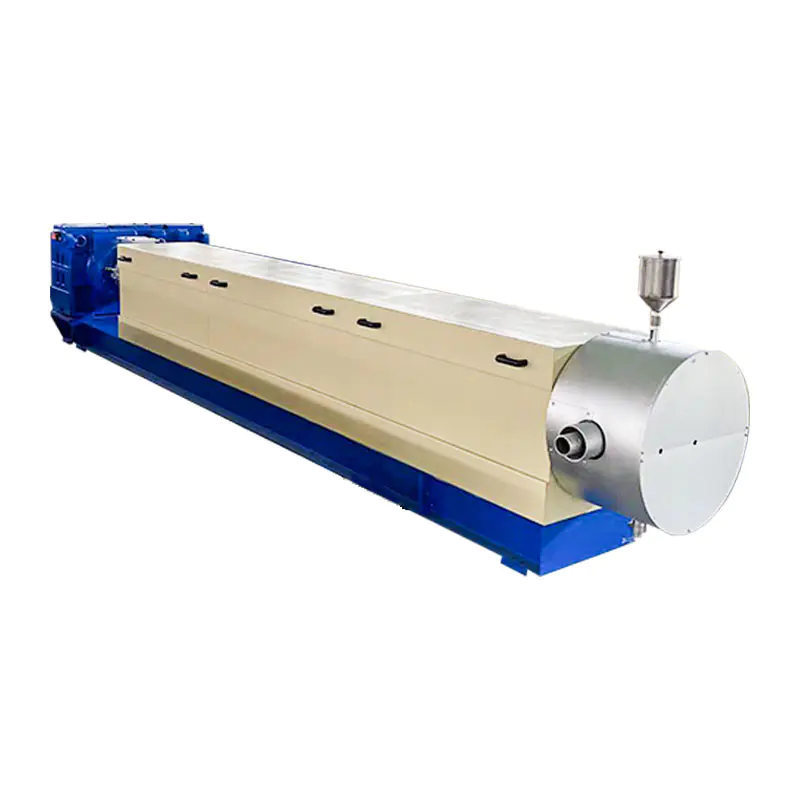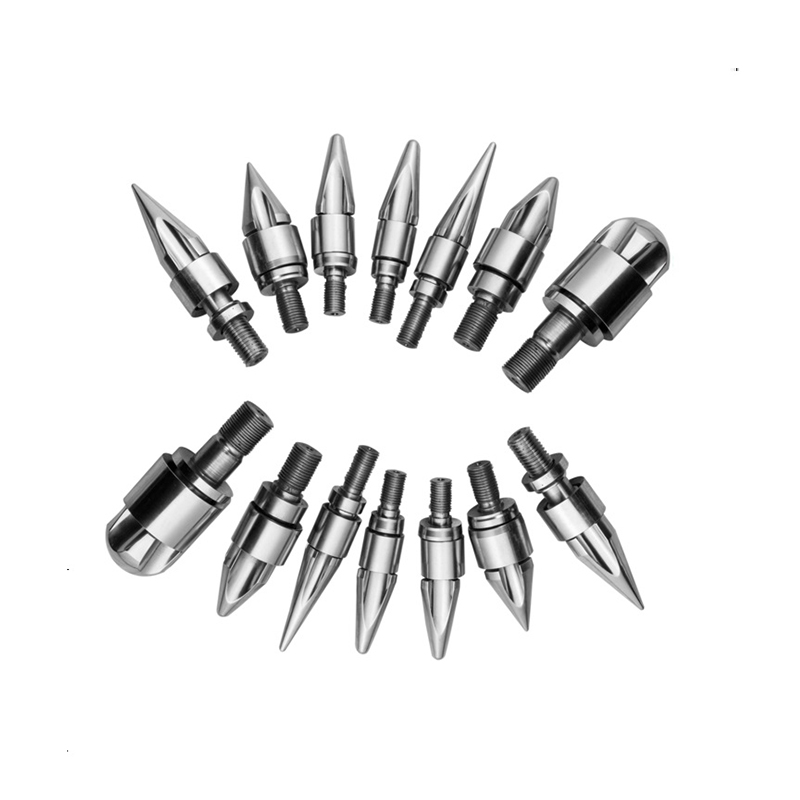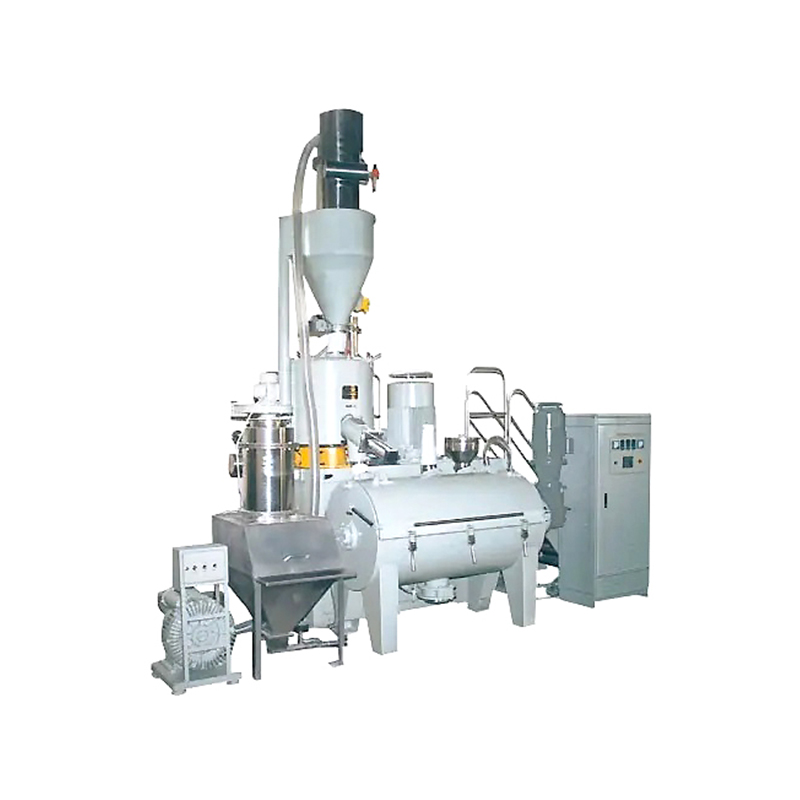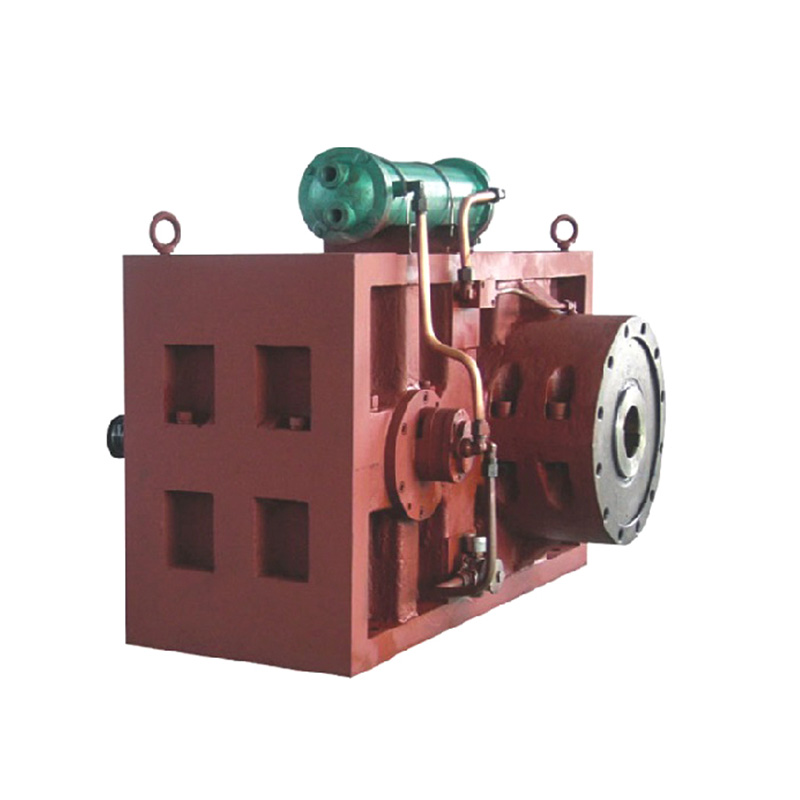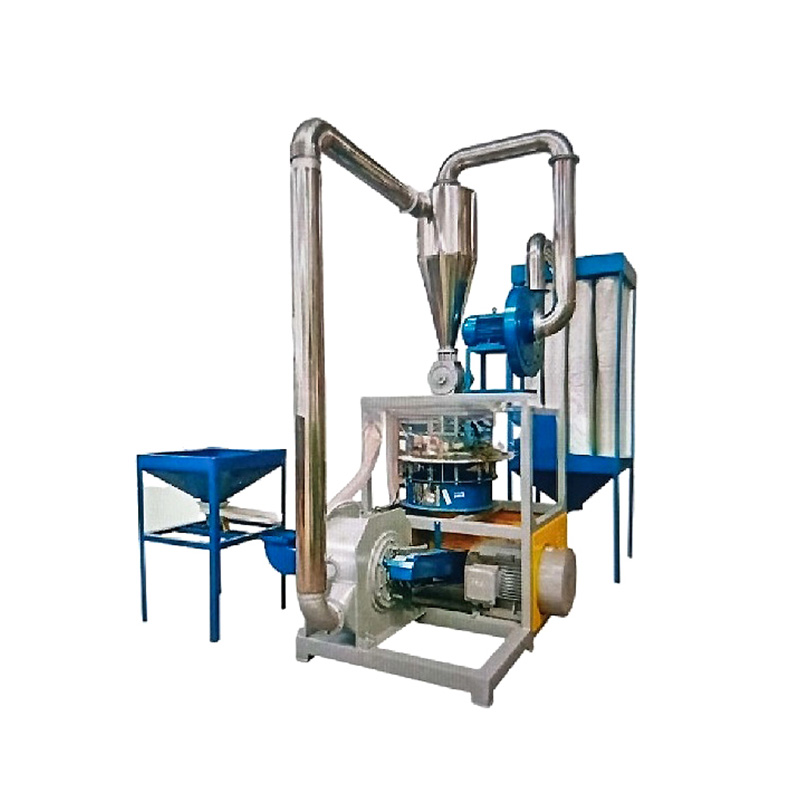Plastic pelleting machines are critical pieces of equipment in the plastics recycling and manufacturing industries, transforming molten plastic into uniform pellets for easy handling and processing. However, like any complex machinery, they are susceptible to operational issues that can affect output quality and production efficiency. Understanding common troubleshooting problems is essential for maintaining continuous operation and minimizing downtime.
1. Inconsistent Pellet Size and Shape
One of the most immediate indicators of a problem is the production of irregularly shaped pellets, such as tails, strings, or excessively large and small pieces.
Potential Causes:
Blade Wear or Misalignment: Dull or improperly aligned cutting blades will not cleanly slice the polymer strands, resulting in dragging and deformation.
Incorrect Water Flow/Temperature: The temperature of the cooling water in the pelletizing chamber is critical. Water that is too warm will not solidify the strands sufficiently before they reach the cutter, causing them to deform. Insufficient water flow can have the same effect.
Die Face Issues: A clogged die hole or inconsistent temperature across the die plate can produce strands of varying thickness, which then cut into uneven pellets.
Feed Rate Fluctuation: An inconsistent flow of molten plastic to the die causes variations in strand diameter.
Troubleshooting Steps:
Inspect the cutter blades for sharpness and alignment. Replace or realign them according to the manufacturer's specifications.
Check and adjust the water temperature, typically keeping it between 40°C to 70°C (104°F to 158°F), though this is material-dependent. Ensure water flow is adequate and spray nozzles are not clogged.
Verify the die temperature profile is uniform and that all die holes are clear.
Ensure the extruder feeding the machine is providing a consistent and stable melt flow.
2. Machine Vibration or Unusual Noise
Excessive vibration or strange noises often point to a mechanical problem that requires immediate attention to prevent severe damage.
Potential Causes:
Unbalanced Rotor Assembly: The cutting rotor can become unbalanced due to uneven blade wear or a loose component.
Worn Bearings: Bearings that support the main cutter shaft can wear out over time, leading to play and vibration.
Loose Components: Bolts or fasteners holding the cutter hub, blades, or motor assembly may have worked loose.
Foreign Object: A piece of metal or hardened plastic may have entered the cutting chamber, causing impact and imbalance.
Troubleshooting Steps:
Immediately shut down the machine for inspection.
Visually inspect and listen to locate the source of the noise or vibration.
Check all bolts and fasteners for proper torque.
Inspect the cutting chamber for any foreign debris.
If the issue persists, a technician may need to check the bearings and rotor balance.
3. Reduced Throughput or Machine Jamming
A sudden drop in output or a complete jam halts production and is often related to feed or motor issues.
Potential Causes:
Feed Blockage: The most common cause is a blockage in the die holes, preventing molten plastic from extruding properly.
Motor Overload: The electric motor may be overheating or tripping its overload protection due to excessive torque demand, often from trying to cut material that is not fully solidified.
Dull Blades: Extremely dull blades require significantly more power to cut, straining the motor and reducing effective cutting speed.
Polymer Type: A change in the polymer's viscosity or melt flow index (MFI) can increase the resistance experienced by the machine.
Troubleshooting Steps:
Stop the feed and clear any die face blockages.
Allow the motor to cool down if it has overheated and reset any safety trips. Investigate the cause of the overload instead of repeatedly resetting it.
Verify the polymer is being adequately cooled before it reaches the cutter.
Ensure the cutting blades are sharp.
4. Pellet Contamination
Contaminated pellets can render an entire batch unusable, leading to significant material waste.
Potential Causes:
Cross-Contamination: Residual material from a previous production run was not purged correctly from the system.
Wear Debris: Metal-to-metal contact from worn components (e.g., blades scraping the die face) can generate fine metallic dust.
Degraded Polymer: Overheating in the extruder or die can cause the polymer to burn, creating black specks or discoloration.
Troubleshooting Steps:
Implement and follow a rigorous purging procedure between material or color changes.
Regularly inspect components for wear and replace them proactively.
Monitor and control the temperature profiles in the upstream extruder and die to prevent thermal degradation.
While troubleshooting is a reactive necessity, a robust preventive maintenance schedule is the most effective strategy for ensuring the reliability of a Plastic Pelleting Machine. Regularly scheduled inspection of blades, bearings, and drives, combined with consistent monitoring of temperature and flow parameters, can prevent the majority of these common issues before they occur, ensuring consistent pellet quality and maximizing operational uptime.



 عربى
عربى


